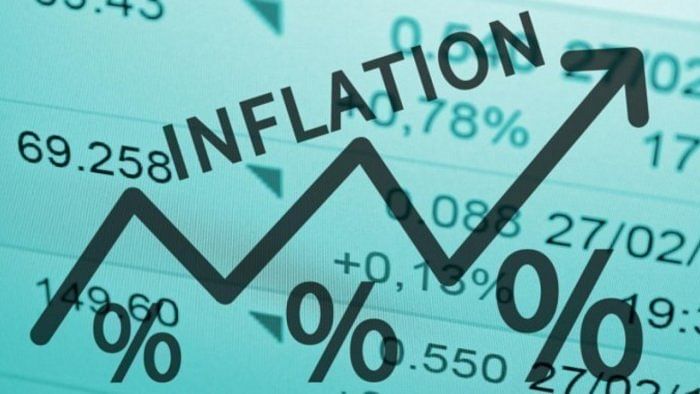
Economies around the globe are grappling with soaring prices. The essential thing to tame inflation is to measure it properly in the first place. Getting the inflation numbers right has been a matter of discussion among economists in the country over the past few months. Those who skim through the inflation basket would be awestruck to see items such as CDs, VCDs, VCRs, horse-cart rides, Nokia phones, etc., being part of the basket used for calculating inflation. For the uninitiated, the inflation basket (CPI basket) is a basket of 299 items whose prices are used for calculating the consumer price index. The percentage change in CPI is the inflation rate. The basket of goods is fixed based on the spending pattern of a target population, and weights are assigned to items to better reflect the consumption pattern.
The inflation for November 2022 is 6.77 per cent as per CPI estimates. The index hasn’t been revamped for more than a decade, and the worrying part is that it will remain the same for the foreseeable future.
The CPI basket is usually revised based on insights from the consumption expenditure survey. The results of the last survey, undertaken in 2017, were junked citing erroneous results and serious methodological issues. The next survey will probably happen in 2023 and the results may be out in 2024-25.
A serious revision of the CPI basket is required to reflect the changes in healthcare expenditure, spending on outside food, leisure travel, educational expenses, etc., especially in the post-pandemic period. The weights assigned for many items, including the healthcare expenditure and outside food (given the convenience of ordering on apps) need to be revised. The rise in food inflation over the past few months has been worrisome as it directly affects the discretionary income of the poor and the middle class.
On a positive note, the Centre for Policy Research has reported that the current increase in food prices is mostly transitory, caused by supply shocks, and that there is nothing ‘structural’ about it as of now. Nevertheless, the focus should be more on persistent issues, such as cropping diversification, etc., which could cause price concerns later.
Multiple indications from last year pointed toward increasing price levels. Since April 2021, the wholesale price index (WPI) has been in double digits. WPI shows the average changes in the price of a basket of 697 goods that are sold in the wholesale market. A rising WPI implies that the producer’s cost of production is high, and it is expected that it would eventually trickle down to the prices that consumers pay. However, in the post-pandemic situation, this is not easy across sectors due to the recessionary trends. It may be possible in some sectors with inelastic demand, but not in many others. WPI and CPI show divergent results on important indicators such as the real growth of credit flow. When reports say that credit growth is positive based on the CPI numbers, factoring in WPI will show negative growth. Nevertheless, this doesn’t mean that WPI is foolproof; the WPI basket also requires an overhaul along the lines of the CPI to better reflect the producers’ cost of production.
The RBI recently submitted a confidential report to the government for its inability to keep inflation within the mandated 2-6 per cent band. The most worrying part is that our policy decisions, including the observations and the recommendations in the report on bringing inflation under control, are based on an unrepresentative index. As Pronab Sen, the former chief statistician, noted in an interview, “They say, you are behind the curve, simply because you don’t know what the curve is. That’s the problem.”
Given the fact that a major revision of these indices is not going to happen immediately, many renowned economists like Sudipto Mundle have opined that reconsidering the 2017-18 consumer expenditure survey results wouldn’t be a bad idea, making a quick revision of the CPI to make it more representative. A prudent mix of CPI and WPI for inflation targeting would also be sensible given it is all that we have right now for estimating price levels.
The recent series of rate hikes, including Tuesday’s, although modest, will affect the middle class as loans and EMIs become costlier. These rate hikes would be like throwing darts in the dark as our target itself is fuzzy.
The statement below by the former Chief Economic Adviser, Arvind Subramanian, although made in a different context, rightly summarises the seriousness of the matter; “Nothing less than the future of the Indian economy and the lives of 1.4 billion citizens rides on getting numbers and measurement right. As we measure, so India will go.”
(The writer is Assistant Professor of Economics, TAPMI, Manipal Academy of Higher Education)